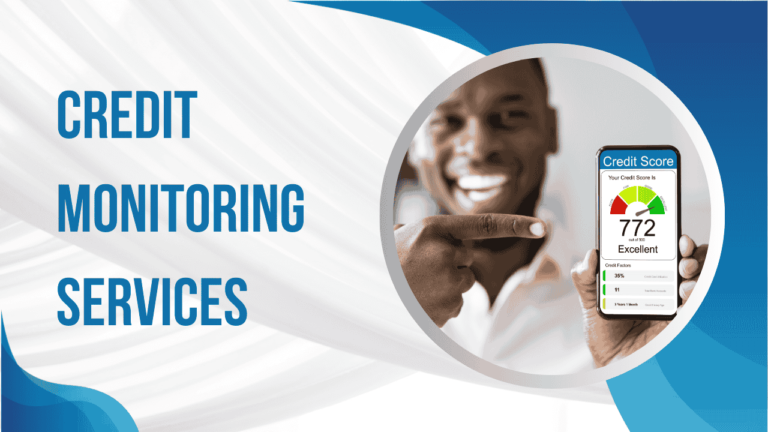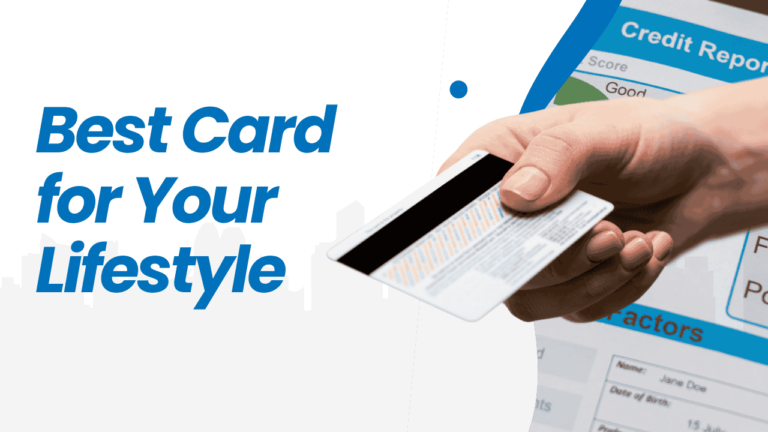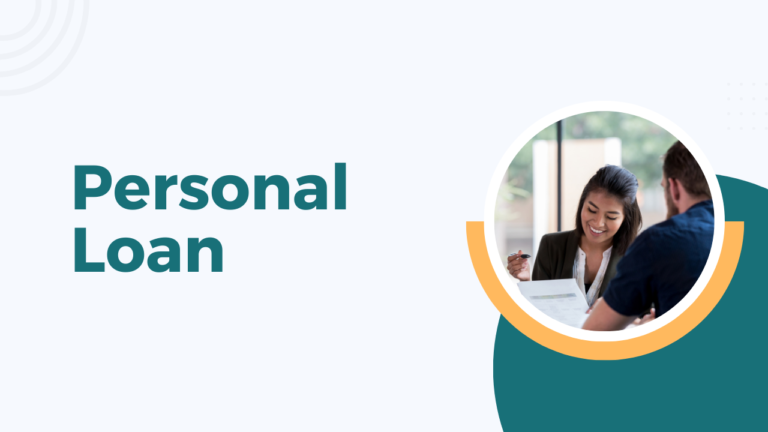Student Loans Explained: What You Need to Know Before Borrowing
Navigating the world of student loans can be daunting, especially when you’re about to embark on your college journey. Understanding the ins and outs of student loans is crucial to making informed decisions that will impact your financial future. This article breaks down the essential information you need to know before borrowing.
What are Student Loans?
Student loans are funds borrowed to pay for educational expenses, which you must repay with interest. Unlike grants or scholarships, student loans are not free money. They are a financial commitment that can have long-term implications.
Types of Student Loans
There are two primary types of student loans: federal and private.
Federal Student Loans
1. Direct Subsidized Loans: These loans are available to undergraduate students with financial need. The government pays the interest while you’re in school, during the six-month grace period after you leave school, and during deferment periods.
2. Direct Unsubsidized Loans: Available to both undergraduate and graduate students, these loans are not based on financial need. Interest accrues while you’re in school, during the grace period, and deferment periods.
3. Direct PLUS Loans: These loans are available to graduate students and parents of dependent undergraduate students. They require a credit check and typically have higher interest rates than subsidized and unsubsidized loans.
4. Direct Consolidation Loans: These allow you to combine multiple federal student loans into a single loan with one monthly payment.
Private Student Loans
Private student loans are offered by banks, credit unions, and other financial institutions. They often require a credit check and a co-signer. Interest rates and terms vary widely among lenders.
How to Apply for Student Loans
1. Complete the FAFSA: The Free Application for Federal Student Aid (FAFSA) is the key to accessing federal student loans. It also determines your eligibility for grants, work-study programs, and some state and institutional aid.
2. Review Your Financial Aid Offer: Once your FAFSA is processed, you’ll receive a financial aid offer from your school, outlining the types and amounts of aid you’re eligible for. Review this carefully to understand your loan options.
3. Accept Your Loans: Decide which loans to accept and how much to borrow. Remember, you don’t have to accept the full amount offered.
4. Complete Entrance Counseling: If you’re a first-time borrower of federal loans, you’ll need to complete entrance counseling to understand your obligations.
5. Sign the Master Promissory Note (MPN): This is a legal document in which you promise to repay your loans and any accrued interest and fees.
Understanding Interest Rates and Fees
Interest rates significantly impact the total cost of your loan. Federal student loan interest rates are fixed, meaning they remain the same for the life of the loan. For the 2023-2024 school year, interest rates are as follows:
- Direct Subsidized Loans: 5.05%
- Direct Unsubsidized Loans for undergraduates: 5.05%
- Direct Unsubsidized Loans for graduate students: 6.60%
- Direct PLUS Loans: 7.60%
Private loan interest rates can be fixed or variable and often depend on your credit score and other factors. Be aware of any fees associated with the loan, such as origination fees.
Repayment Plans
Federal student loans offer several repayment plans:
1. Standard Repayment Plan: Fixed payments over 10 years.
2. Graduated Repayment Plan: Payments start low and increase every two years over 10 years.
3. Extended Repayment Plan: Payments may be fixed or graduated over 25 years.
4. Income-Driven Repayment Plans: Payments are based on your income and family size. These include Income-Based Repayment (IBR), Pay As You Earn (PAYE), Revised Pay As You Earn (REPAYE), and Income-Contingent Repayment (ICR).
Private loans typically have less flexible repayment options, so check with your lender for details.
Loan Forgiveness Programs
Certain conditions may qualify you for loan forgiveness, meaning you’re no longer required to repay some or all of your loan. Federal programs include:
1. Public Service Loan Forgiveness (PSLF): Available to borrowers employed in qualifying public service jobs who make 120 qualifying payments under a qualifying repayment plan.
2. Teacher Loan Forgiveness: Available to teachers who work in low-income schools for five consecutive years.
3. Income-Driven Repayment Plan Forgiveness: Any remaining balance is forgiven after 20-25 years of qualifying payments, depending on the plan.
The Impact of Student Loans on Your Future
Before borrowing, consider how student loans will affect your financial future. High levels of debt can impact your ability to buy a home, save for retirement, or pursue other financial goals. Borrow only what you need, and explore scholarships, grants, and work-study opportunities first.
Tips for Managing Student Loans
- Budget Wisely: Plan your finances to cover living expenses, tuition, and loan repayments.
- Keep Track of Your Loans: Use the National Student Loan Data System (NSLDS) to monitor your federal loans.
- Consider Refinancing: Refinancing may lower your interest rate but can have trade-offs, especially if you move from federal to private loans.
- Stay Informed: Keep up-to-date with changes in student loan policies and repayment options.
Conclusion
Understanding the different types of student loans, interest rates, repayment plans, and forgiveness programs is essential before borrowing. Make informed decisions to minimize your debt and manage your loans effectively. By doing so, you can focus on your education and career without the burden of overwhelming financial stress.






